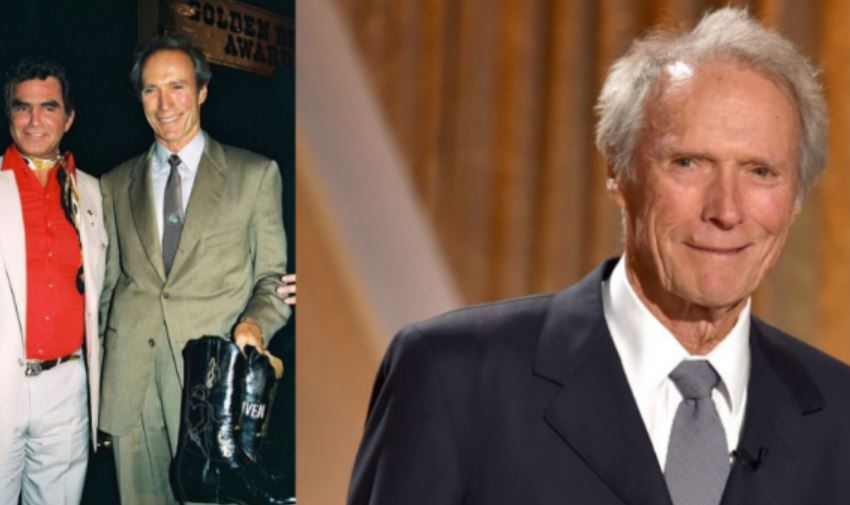In a career spanning 60 years, Clint Eastwood has established himself as an enduring cultural icon of masculinity. Eastwood is best known for his pioneering work in the spaghetti and the Dirty Harry films, but his fascinating life proves that he is just as legendary off-camera.
For example, Eastwood has proven to be a highly talented director in the later stages of his career, with many of his films being gritty examinations of contemporary issues. In addition, he has won dozens of awards for his work in the film industry, but this only scratches the surface of what makes Eastwood such an iconic and beloved figure.

The film-making industry can be incredibly harsh for those trying to break through, which is something that Eastwood learned the hard way. After being encouraged to pursue a film career due to his chiseled good looks, Eastwood was incredibly fortunate and managed to secure a contract with Universal Studios after just a few months. He landed a few uncredited roles, like the ones we mentioned previously, but was soon fired for, allegedly having an Adam’s apple that was too prominent.
Eastwood was also for squinting and hissing through lines, mannerisms which would go on to become his trademark. Not one to give up, Eastwood supported himself by digging swimming pools in Hollywood Hills, and eventually got his big break with Rawhide. When casting him in the role, it was said that Eastwood looked like a cowboy, which would later help him to become the poster boy of the Western genre.

He Did All His Own Climbing In The Eiger Sanction : Eastwood’s 1975 role in The Eiger Sanction involved a tragic story that took place during filming, which saw 26-year-old British climber David Knowles die on the Eiger while climbing advisor Mike Hoover suffered a fractured pelvis and severe fracture in the same incident. Eastwood considered canceling the production, but the climbers persuaded him to carry on, as they did not want Knowles’ death to be meaningless.
As a result, now unwilling to ask for a stunt double to risk their life, Eastwood instead did all of his own climbing and stunts. This was despite the disapproval of the director of the International School of Mountaineering, who knew the dangers of climbing what has been dubbed the “Death Wall”. In the most famous scene of the movie, Eastwood hung from a rope 4,000 feet in the air and cut himself free, allowing himself to be saved by his rescuers. It is hard to imagine many modern actors undertaking such a dangerous stunt these days.
